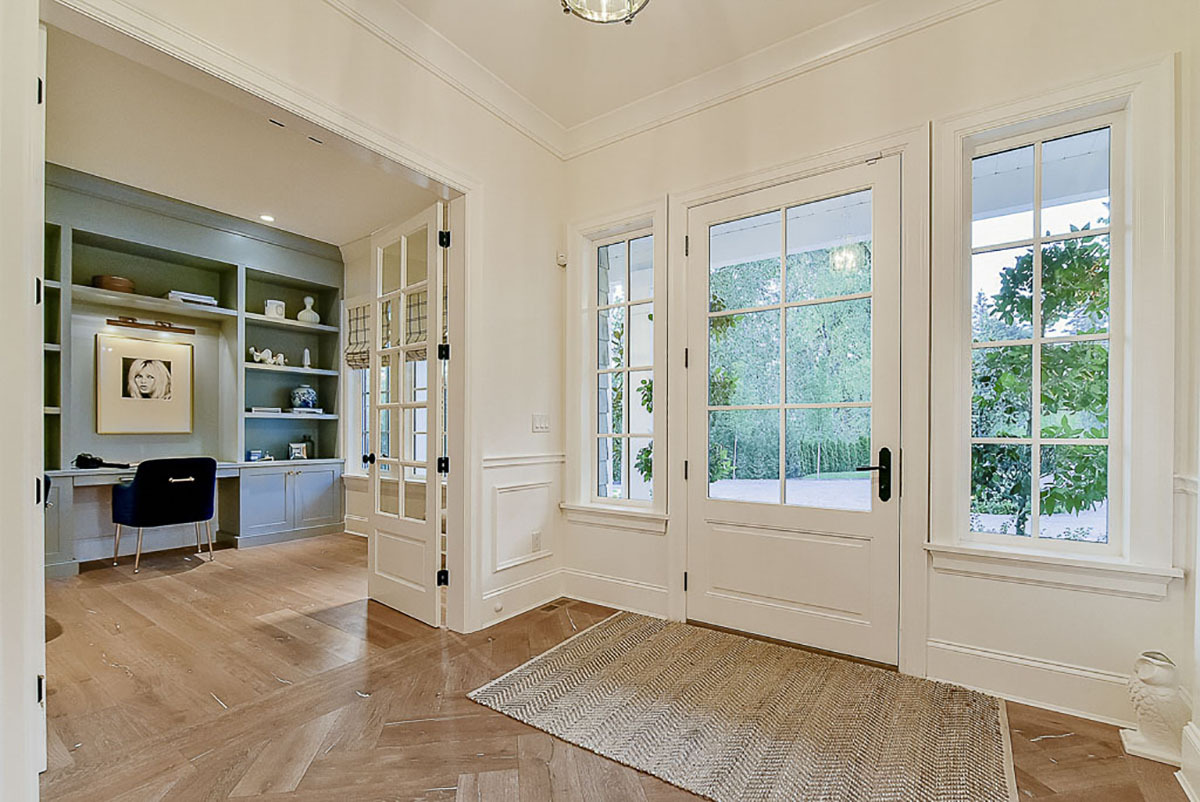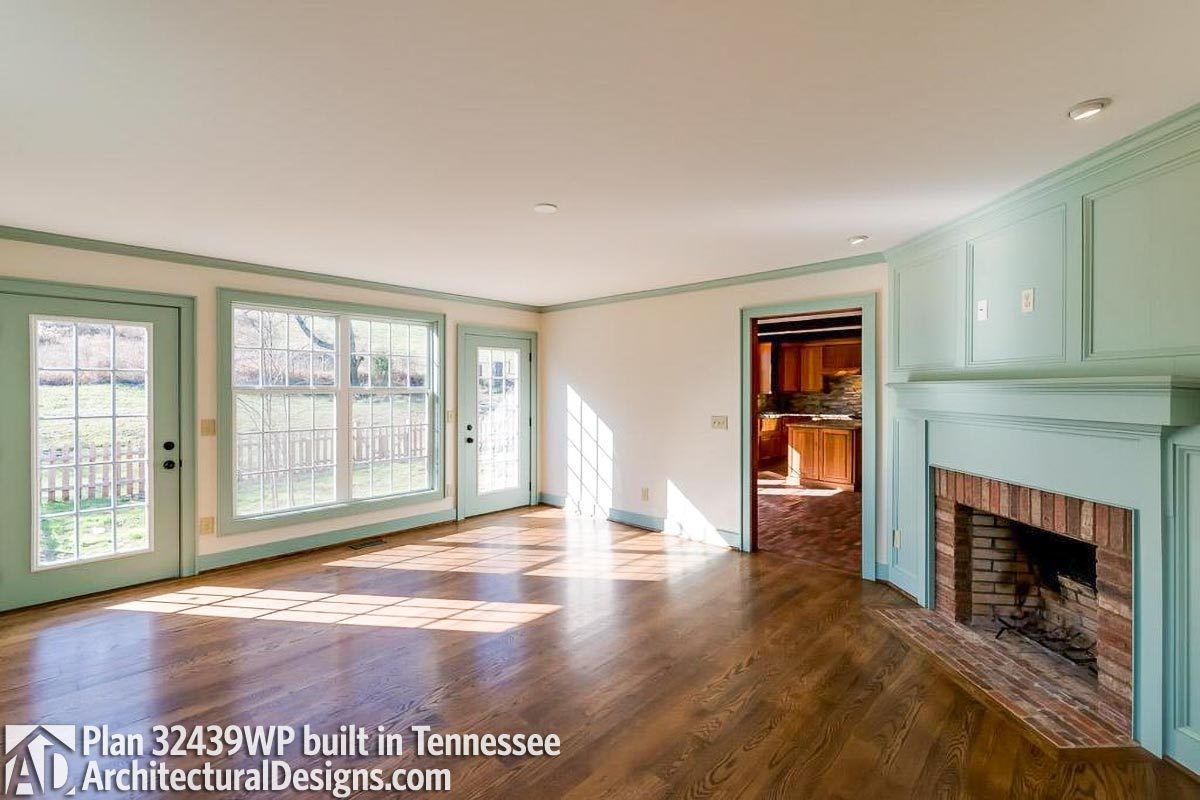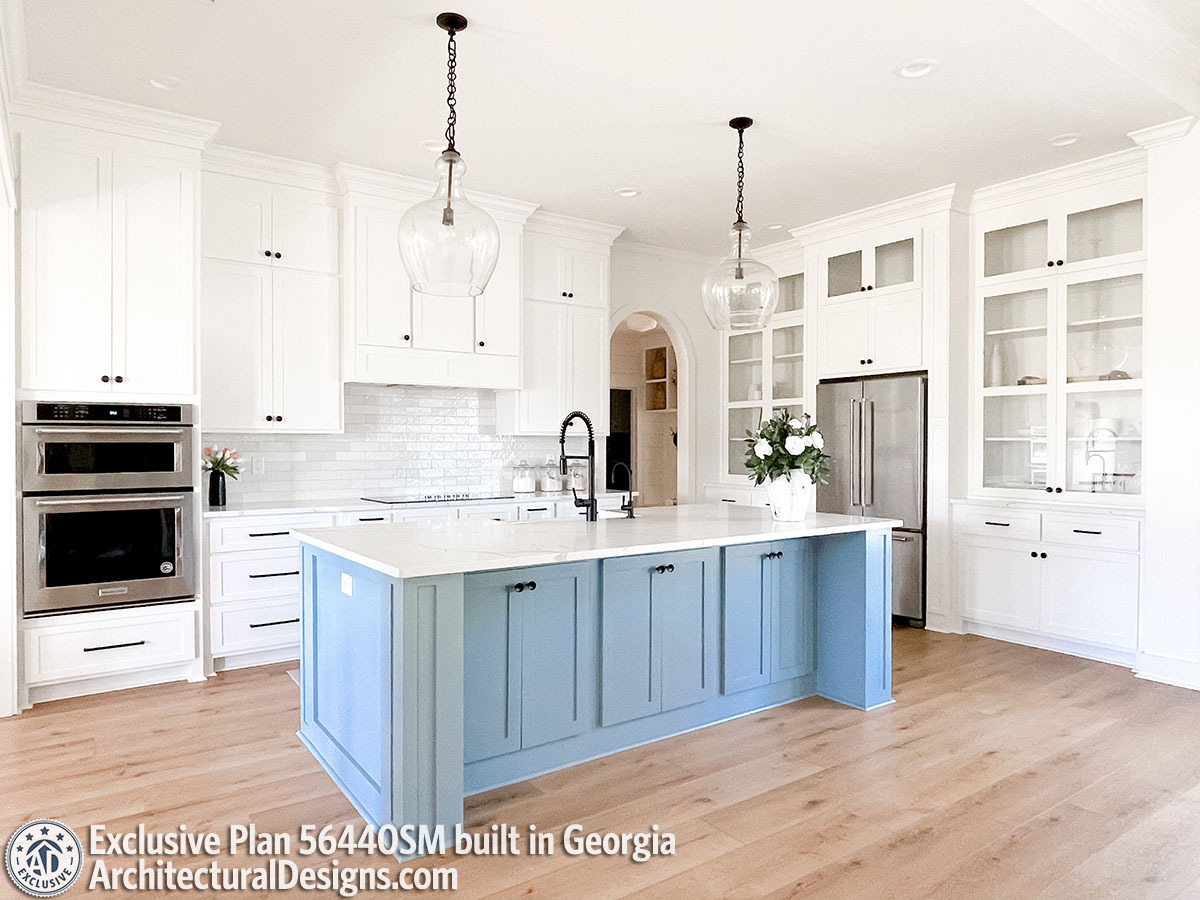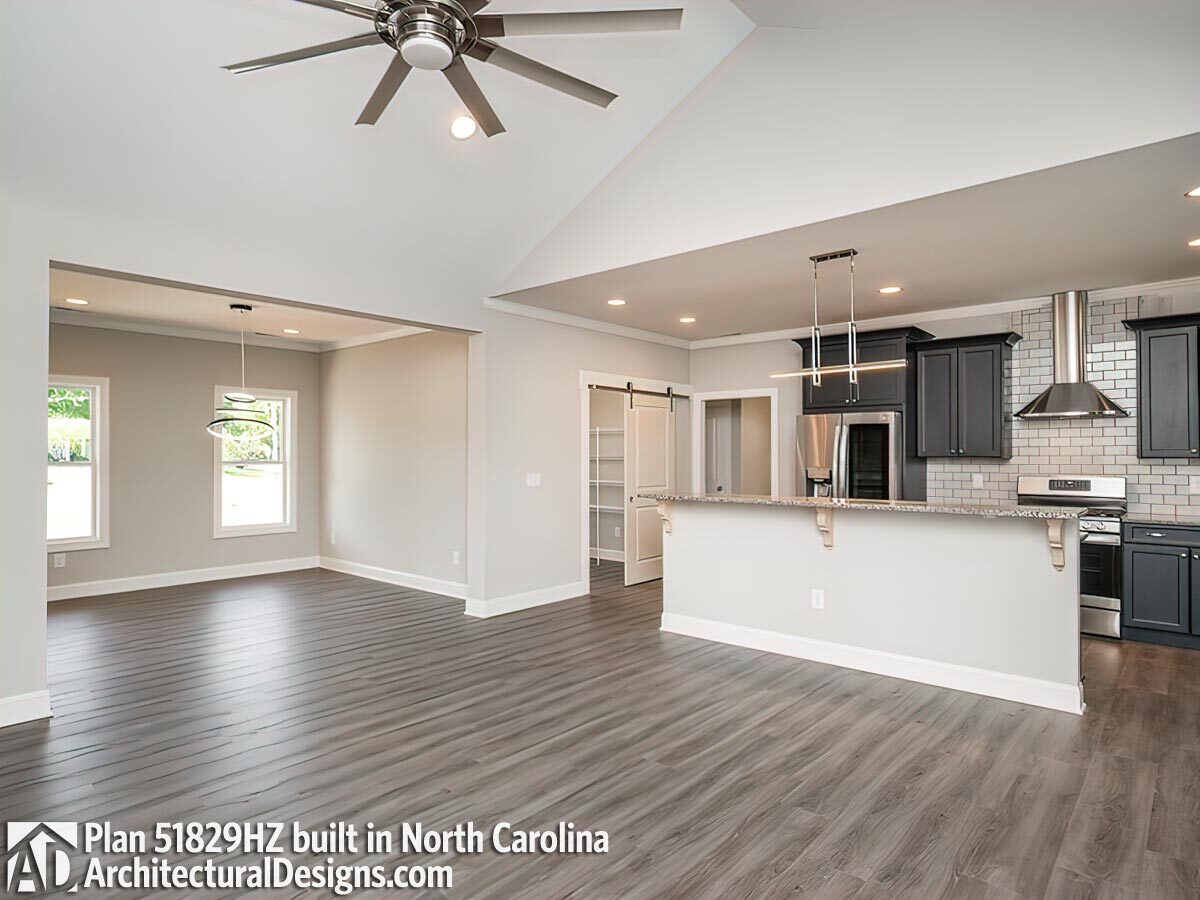Your Complete Guide to Types of Hardwood Flooring

Choosing different types of flooring to use in your new home build can seem like a simple decision process, but in reality the flooring completely sets the tone for the rest of the space. When it comes to hardwood, with the amount of options available today it’s hard to go wrong. This said, it’s important to consider the pros and cons of each material. Different flooring materials all have different levels of versatility and required maintenance, and can even impact the resale value of your home. So which one is the best option for your home? What are the key differences between the types of hardwood? Here’s a complete guide to choosing the right type of hardwood flooring for your new home.
What are the Types of Hardwood Flooring?
1) Classic Solid Hardwood
Solid wood flooring typically consists of hardwood species such as Oak, Chestnut, and Walnut. Different varieties of hardwood come at different price points and offer varying degrees of durability, but Oak is generally the most common selection for hardwood flooring. It is known for handling stain well and offers a bit more wiggle room in terms of cost. It’s important to note that different species of hardwood may suit certain areas better than others, as some are more susceptible to warping.
In general, solid hardwood flooring is more expensive and more complicated to install than alternative options such as engineered wood. This makes it less friendly to those looking to DIY certain parts of their build, as it typically needs to be nailed down to a plywood subfloor. However, the life span of solid wood is significantly longer than engineered wood, and some brands come with a 50-year warranty. Solid wood can also be sanded and refinished many times, giving it a bit more versatility over time.
In terms of looks, many people prefer solid wood for the character it can add to a home. Choosing an option like reclaimed or distressed wood can add beautiful texture to a space. Exotic wood varieties also can add a unique element to your home that is more difficult to replicate with engineered or laminate options.
Hardwood Pros & Cons
Pros
- Long lasting & durable
- Can be refinished many times
- Typically increases resale value of the home
- Absorbs sound well
Cons
- Most expensive option
- Not as DIY friendly
- More susceptible to warping from humidity
2) Engineered wood
Engineered Wood is made of a thin veneer of hardwood layered over high quality plywood. The planks are designed to resist the natural movement of solid wood, making them an incredibly stable option. Engineered wood is very resistant to humidity and warping, so it can be used in areas that solid hardwood can’t, like below-grade basements. The cost difference between engineered and solid wood isn’t huge, however it is much more DIY installation friendly, which may help to cut back on labor costs in your build. This said, engineered wood is still a less expensive option than solid wood.
In terms of longevity, a high quality engineered wood floor typically sees a lifespan of about 20-30 years. A potential drawback is that this type of flooring can only be sanded and refinished once or twice depending on the thickness of the veneer. Lower quality options with thin veneers may not be able to be refinished at all.
Engineered Wood Pros & Cons
Pros
- Cost effective option
- Can look exactly like solid wood
- DIY friendly installation
- Resistant to humidity
Cons
- More limited ability to refinish
- May not increase resale value as much as solid wood
- Shorter life span than solid wood
3) Laminate “Wood”
Laminate Wood flooring doesn’t actually contain any wood – it consists of a high-density fiberboard bonded to a layer of photographic imaging that resembles wood grain. A transparent wear layer is layered on the surface to protect it from damage. Some options allow the surface to be texturized, giving it a more realistic wood appearance. Despite this it is typically very easy to determine that the planks are not real wood, something that may be a drawback for those concerned with the flooring having an overly “faux” appearance.
In terms of cost, laminate is by far the cheapest option and the easiest to install. Engineered and solid wood are more typically installed by a professional, but laminate floor offers an incredibly simply installation process that can save the homeowner plenty of time and money. Laminate is easy to care for, however it can never be refinished, and needs to be completely replaced after a certain level of wear. Depending on the quality of the material, laminate may see a lifespan of 10-20 years. It also offers the lowest value in terms of resale for the home.
Laminate Wood Pros & Cons
Pros
- Easiest installation process
- Cheapest option
- Can be easily cleaned
Cons
- Not very durable, shortest lifespan
- Cannot be refinished
- Lowest option in terms of home resale value
- Does not contain any real wood
- Faux appearance
















